Transhumanism & Artificial Intelligence
 |
 |
 |
 |
 |
 |
 |
Transhumanism & Alchemy
TIA Note: Although we do not agree with all the affirmations of Dr. Joseph Farrel and Dr. Scott de Hart, such as that in which they pretend that Christianity “has co-opted alchemical metaphors for social engineering,” their alert that transhumanism may well be an attempt to bring to fruition the agenda of Alchemy is a good warning that all Catholics should take into consideration and look into.. – The editor
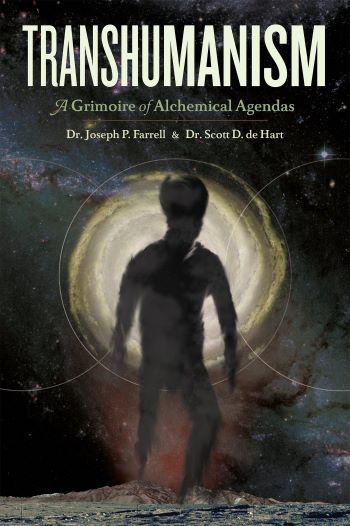
An attempt to achieve a gnostic knowledge
- Transhumanism: A Grimoire of Alchemical Agendas by Dr. Joseph Farrell and Dr. Scott de Hart explores the deep connections between ancient alchemical traditions and modern scientific endeavors, particularly in genetics and transhumanism, suggesting that contemporary technologies are extensions of ancient practices aimed at transcending human limitations.
- Central to the text is the concept of the “alchemical re-ascent,” a process of returning to a primordial state of unity,
symbolized by androgyny. This theme is traced across religious and mythological traditions, reflecting humanity’s quest to overcome fragmentation and achieve transcendence.
- The authors draw parallels between the transhumanist movement’s pursuit of technological enhancement (e.g., uploading consciousness) and the ancient alchemical quest for the Philosopher’s Stone,
framing both as attempts to achieve ultimate knowledge and transcendence.
- The book examines how major religions have co-opted alchemical metaphors for social engineering, creating divisions and manipulating human consciousness. This “Tower of Babel moment” reflects a broader agenda to control humanity’s future.
- Farrell and de Hart raise profound ethical questions about the consequences of the alchemical agenda, urging readers to consider the kind of future they wish to create. They emphasize humanity’s role in shaping a transcendent existence while cautioning against the moral dilemmas of such transformations.
The authors begin by exploring the alchemical roots of modern science, tracing the influence of Renaissance thinkers like Marsilio Ficino. Ficino’s interpretation of Plato’s “Symposium” introduces the idea of love as a magical force that binds the universe together.
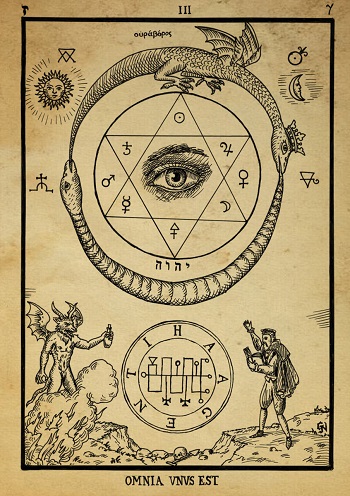
Ancient Alchemic beliefs seem to presage transhumanism
Central to the book is the provocative claim that modern scientific endeavors, particularly in genetics and transhumanism, are extensions of ancient alchemical practices. The authors highlight the concept of the “alchemo-vegetable man,” a fusion of human and plant characteristics, as an example of this continuity.
They draw parallels between ancient rituals, such as the Mayan practice of fertilizing crops with human blood, and modern genetic engineering, where human and plant genes are interwoven. This, they argue, is part of a broader alchemical agenda aimed at transforming humanity into a new, transcendent form.
The authors introduce the idea of the “alchemical re-ascent,” a process of returning to a primordial state of unity and transcending the limitations of the human form. This vision is deeply tied to the concept of androgyny, which symbolizes the union of male and female principles.
They explore this theme across various religious and mythological traditions – including Hinduism’s “primordial trinity” and the Mayan “Popol Vuh” sacred text, which describes humanity’s original state as a masculine-androgynous unity. This unity, the authors argue, was fragmented by the gods due to its perceived threat, reflecting a fear of human potential and consciousness.
The book then shifts its focus to the transhumanist movement, which seeks to use technology to enhance human capabilities and achieve a state of “singularity” – a merging of human and machine intelligence. Farrell and de Hart draw parallels between this vision and the alchemical quest for the Philosopher’s Stone, a symbol of ultimate knowledge and power.
They examine the work of transhumanist thinkers like Ray Kurzweil who envision a future where humans can upload their consciousness into computers, achieving virtual immortality. However, the authors caution that this pursuit is not merely a technological endeavor but a continuation of ancient alchemical dreams of transcending human limitations.
The authors also explore the societal implications of this alchemical agenda, particularly how the “Three Great Yahwisms” – Judaism, Christianity and Islam – have co-opted alchemical metaphors for social engineering. They argue that these religions have inverted ancient symbols to create a fragmented social order, dividing humanity into competing factions. This “Tower of Babel moment,” they suggest, reflects a manipulation of human consciousness and society aimed at controlling humanity’s future.
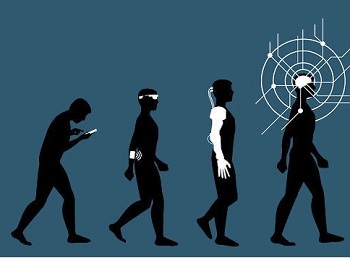
Transhumanism proposes that man must ‘ascend’ by merging with machines
Transhumanism: A Grimoire of Alchemical Agendas is a thought-provoking exploration of the intersection between ancient wisdom and modern science. It challenges readers to reflect on humanity’s potential for transformation and the ethical dilemmas posed by technological and alchemical advancements. Ultimately, the book serves as a reminder that we are all participants in the ongoing cosmic drama of creation and transformation, tasked with shaping a future that aligns with our highest ideals.
Read more articles by Ramon Tomey here.

Posted April 21, 2025
______________________
______________________
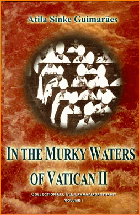 Volume I |
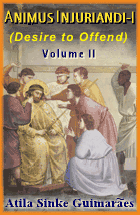 Volume II |
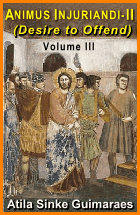 Volume III |
 Volume IV |
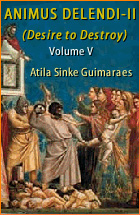 Volume V |
 Volume VI |
 Volume VII |
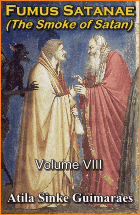 Volume VIII |
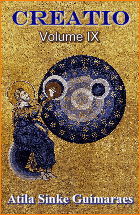 Volume IX |
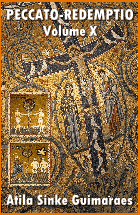 Volume X |
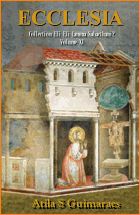 Volume XI |
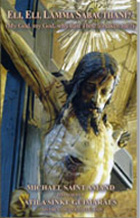 Special Edition |


